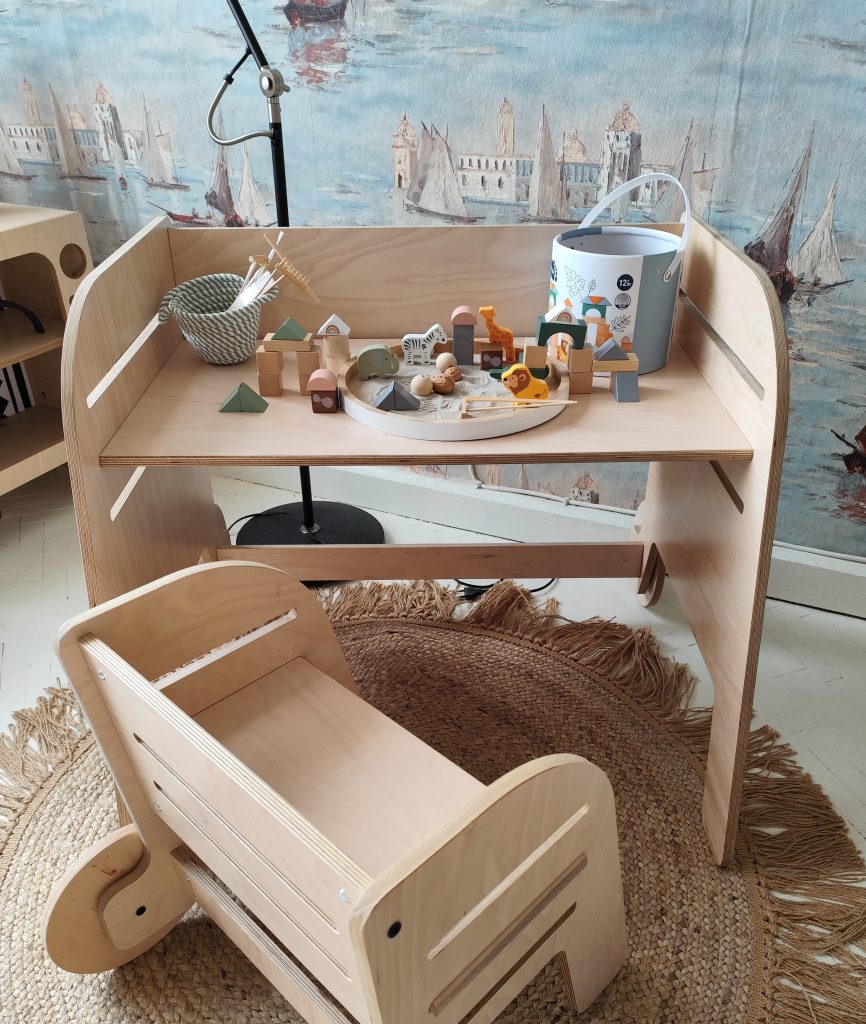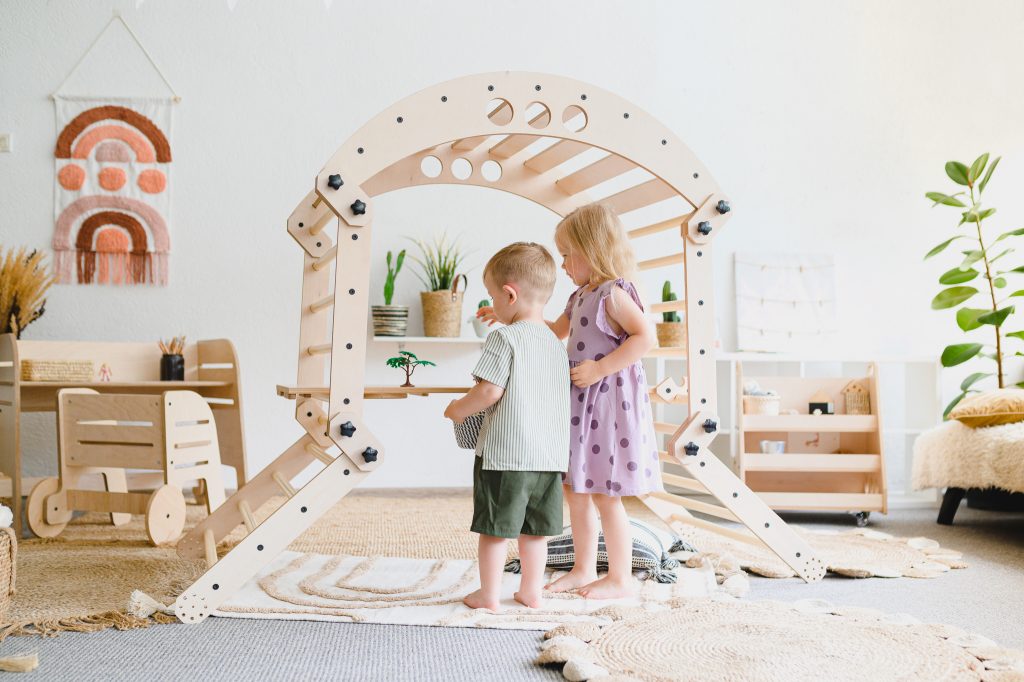Understanding the active brain structure of children is essential for parents looking to create a nurturing and effective communication environment. Children’s brains are dynamic and constantly evolving, and adapting our communication methods can significantly enhance their development and behavior. Here, we’ll explore practical strategies and real-life examples to help you navigate this process.
Understanding Children’s Brain Development
Children’s brains develop at a rapid pace, especially during the early years. This development influences how they perceive and respond to the world around them. The prefrontal cortex, which is responsible for decision-making, impulse control, and social behavior, is not fully developed in young children. As a result, they often rely on the more emotional and impulsive parts of their brain.

Creating a Comfortable Environment for Independent Play
One of the key insights for parents is the importance of creating an environment where children feel comfortable and capable of engaging in creative activities independently. This doesn’t mean that parents should be entirely hands-off, but rather that they should facilitate an environment that encourages autonomy and creativity.

Example: Sarah and Jack
Sarah noticed that her five-year-old son, Jack, often sought her attention when playing with his toys. He would frequently ask her to join him, even in activities he could easily do on his own. Sarah decided to make some changes. She set up a dedicated play area with various toys and art supplies that Jack loved. She also introduced a routine where Jack had designated “independent playtime.”
Initially, Jack struggled with the transition. He would call for Sarah, but she gently encouraged him by saying, “I’m right here if you need me, but I’d love to see what you can create on your own.” Over time, Jack became more comfortable playing by himself, and Sarah noticed his creativity blossomed. He started building elaborate structures with his blocks and creating stories with his action figures, all while Sarah provided a supportive presence without taking over.
Adapting Communication Based on Age and Development
Adapting how we communicate with children can make a significant difference in their understanding and response. Here are some tips based on different developmental stages:
For Toddlers (1-3 years)
- Simple Language: Use short, clear sentences. Toddlers are just beginning to grasp language, so simplicity is key.
- Positive Reinforcement: Praise them for good behavior and small achievements to encourage repetition.
- Consistency: Be consistent with rules and routines to provide a sense of security.
For Preschoolers (3-5 years)
- Exploration and Questions: Encourage their curiosity by answering their “why” questions patiently.
- Role-Playing: Use role-playing games to teach social skills and problem-solving.
- Choices: Offer limited choices to help them feel in control, e.g., “Do you want to play with blocks or draw a picture?”

Example: Emily and Lucas
Emily’s four-year-old son, Lucas, was struggling with sharing his toys during playdates. Emily decided to use role-playing to address this issue. She and Lucas would pretend to be different characters, taking turns with a favorite toy. Through this playful interaction, Lucas learned the value of sharing and began to apply it during real playdates.
Encouraging Independent Problem-Solving
Children benefit from opportunities to solve problems on their own. This builds their confidence and resilience.
Example: Tom and Lily
Tom observed that his six-year-old daughter, Lily, often came to him for help with puzzles. Instead of immediately stepping in, Tom started encouraging Lily to try different solutions herself first. He would ask guiding questions like, “What do you think would happen if you tried this piece here?” This approach helped Lily develop her problem-solving skills and boosted her confidence.

Conclusion
Adapting our communication and reactions to align with children’s active brain structure is crucial for their development. By creating a supportive environment that encourages independent play, using age-appropriate communication strategies, and fostering problem-solving skills, we can help our children grow into confident, creative, and resilient individuals.
Remember, the goal is to be a guide and a supporter, stepping in when necessary but also allowing children the space to explore and learn on their own. This balanced approach will not only aid in their development but also strengthen the parent-child bond.